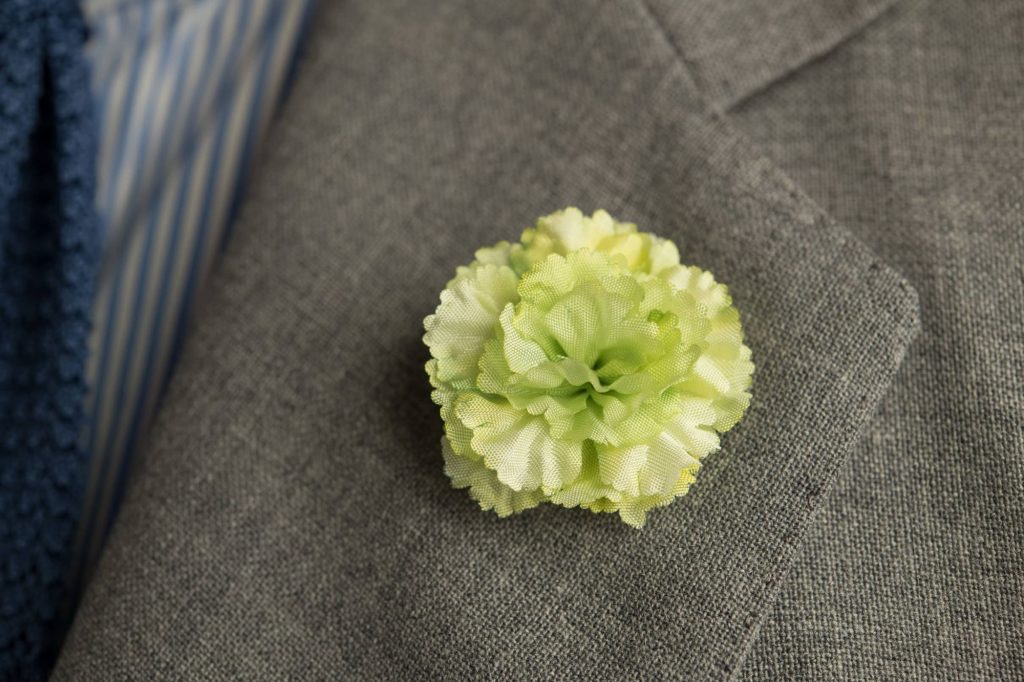There are myriad ways one can decorate their home. Whether it is through textured popcorn walls, soft pastel schemes, or a few decor trinkets here and there, every homeowner has splurged to realise their vision. One of the decor practices which undoubtedly everyone has employed is curating floral centrepieces. It’s fairly obvious. Who wouldn’t love to breathe in the sweet smells of chrysanthemums, peonies, or assorted flowers? Not only do they smell good, but they also add to the appeal of your place. But we bet every flower in your bouquet holds a meaning deeper than you might know.
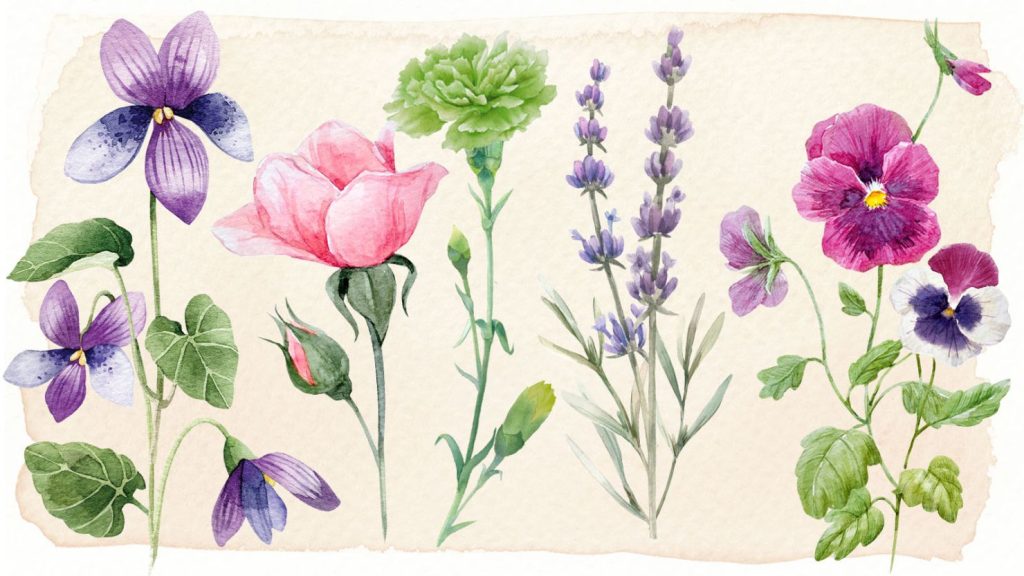
Symbolic Interaction
This Valentine’s Day, you must have given your significant other a bouquet of roses and chocolates. But why these specific items? What’s the significance behind them? This is what we know as Symbolic Interaction (SI) in sociology. It is when we associate meanings to otherwise common objects, people, or places. Associating meanings with roses and chocolates is an example of SI. The same goes with other flowers, such as lavenders, pansies, or green carnations, which are all a symbol of queer pride, reserved for the myriad communities within the umbrella.
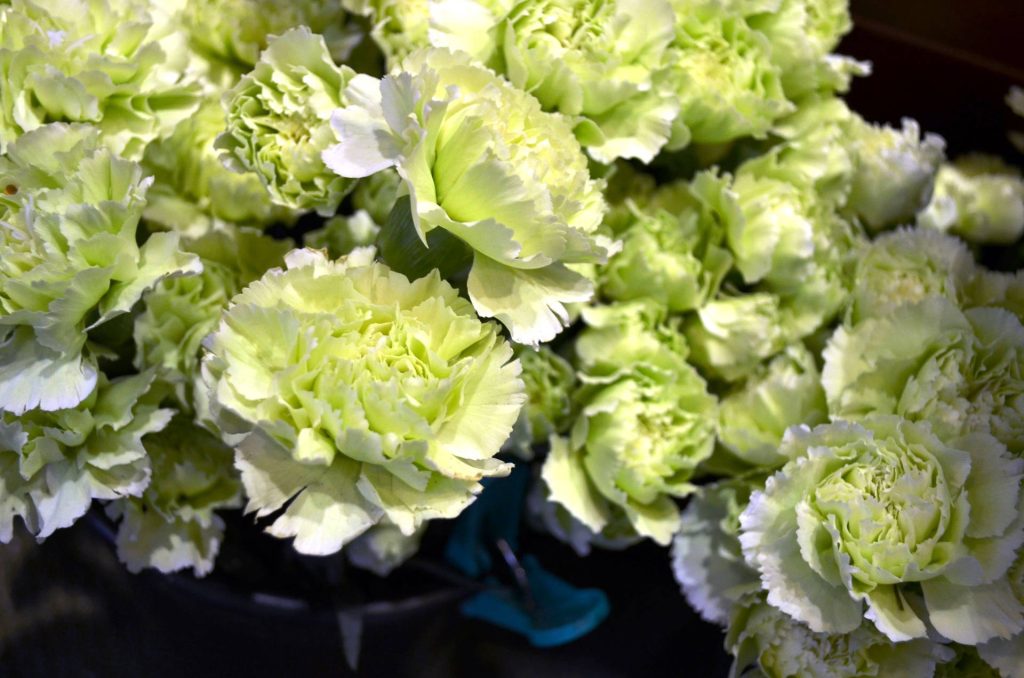
Green with Pride
One of the most popular Victorian literary figures, who was and is considered a queer icon is Oscar Wilde. Wilde infamously started the Parisian trend of wearing green carnations on the left lapel. At the time in Paris, the unnaturally dyed flower was a code (akin to the American handkerchief code) for ‘sexually deviant’ men, who were seen as an anomaly of nature. He even urged other ‘Friends of Dorothy’ to wear the green Malmaison carnations to his play ‘Lady Windermere’s Fan’ in 1892. Soon, the flower stood as a code for gay men and their sexual proclivities.
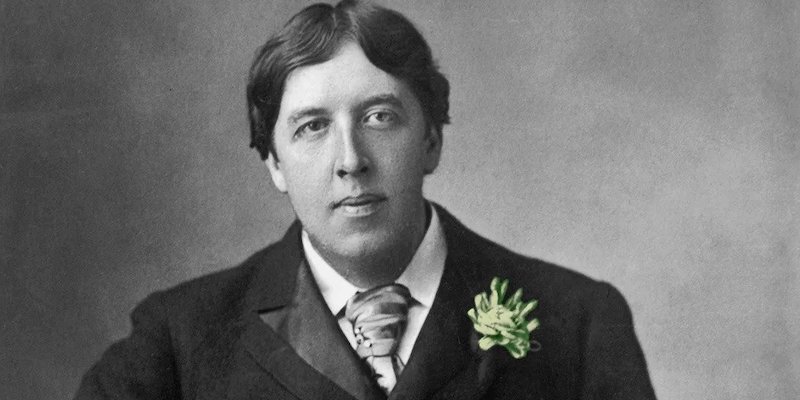
In 1894, Robert Hichens published his novel, ‘The Green Carnation,’ a subtle nod to Wilde’s use of the flower to proudly announce his identity to the oblivious Victorian society. However, the novel was soon redacted when it was considered as a piece of evidence in Wilde’s 1895 gross indecency trial. Even playwright Noel Crawford could not resist including the song ‘Green Carnation’ in his operetta ‘Bitter Sweet Symphony.’
Green Carnations — A Fashion Statement?
According to the painter, W. Graham Robertson’s 1931 memoir, ‘Life Was Worth Living,’ Wilde wished to gain press for his latest comedy. Hence, he instructed his friends to show up wearing green carnations. It was also based on the protagonist of the play, character Cecil Graham’s desire to wear a green carnation in her ensemble. Oscar Wilde merely wished to imitate art. At the play, one could spot numerous (heterosexual) men sporting the new fashion accessory. While the trend continued within the gay community, the media was left astounded, searching for every possible meaning of the green carnation.

Upon interrogation, Wilde evaded their comments, saying “Nothing whatever, but that is just what nobody will guess.” Soon, the fashion became an identifier. Wilde and his followers of the Aestheticism movement transformed themselves, wearing clothing which was at the time deemed too over the top (avant-garde perhaps) and effeminate. The green flower was a succinct example of how nature imitates art. Some historians agree that the unnatural colour represented their sexual deviance, whereas the shape resembled an anus. According to Wilde, the colour green indicated “subtle artistic temperaments.”

A Debachourous Sin?
After the trial resulted in Wilde’s conviction, the green carnation came to represent homosexuals, who were incarcerated in huge numbers. To evade capture, the flower’s use became extinct. With the decriminalisation of homosexuality in Europe, green carnations were picked up again, albeit this time to showcase a sense of solidarity and to pay homage to the queer icons of the yesteryears. You may even see the green carnation making rounds in the Met Gala, as is evidenced by trans legend Elliott Page in his 2021 Balenciaga look.

Image Courtesy – Gentleman’s Gazette Shop
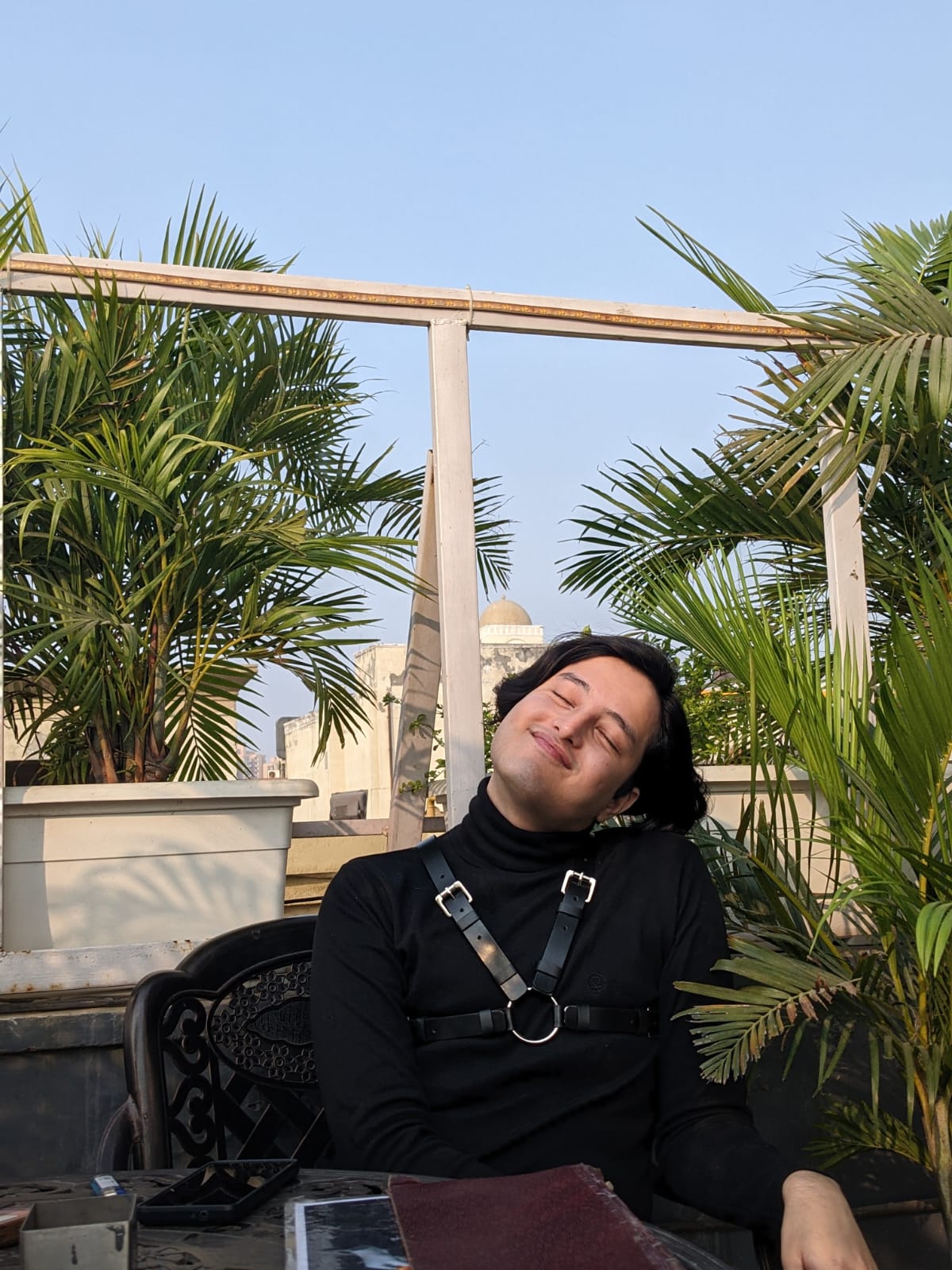
Hi Ya’ll !!
I love writing about pop culture and all things queer.
Sub Editor at Abir Pothi

